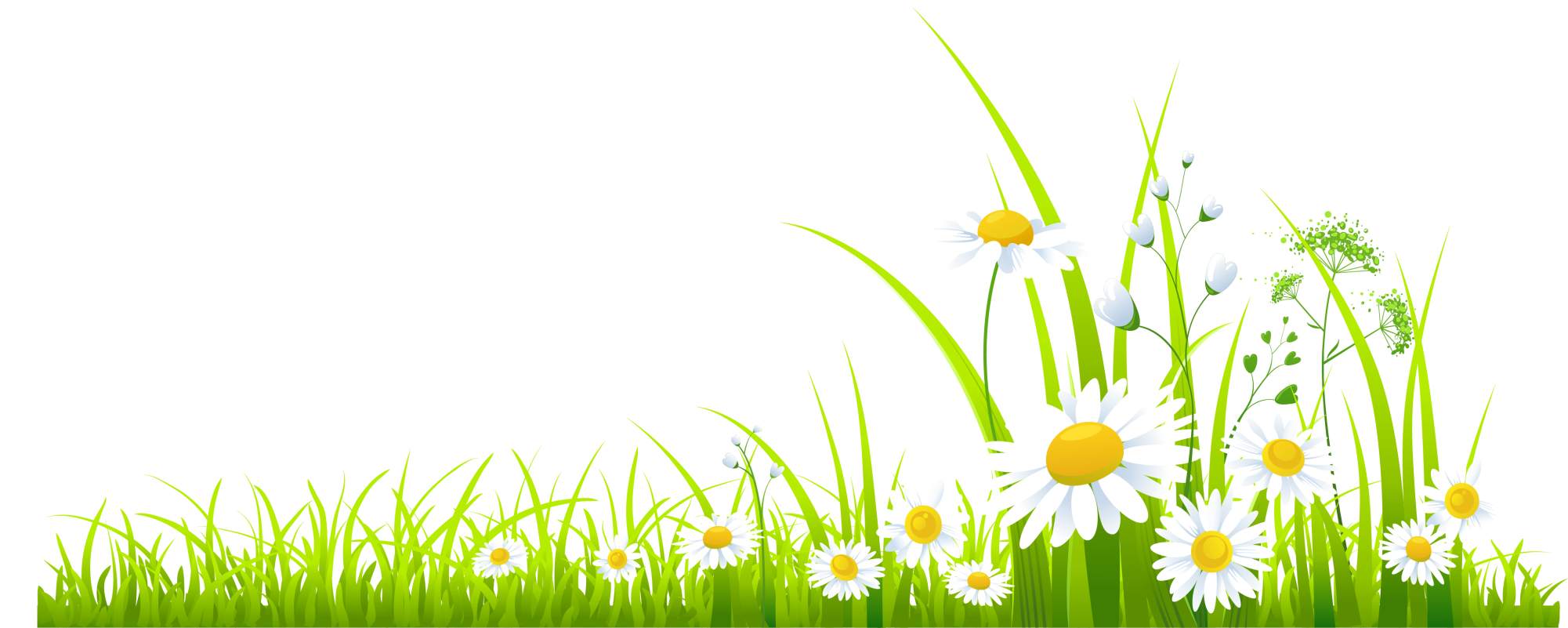House of Leaves: A Masterpiece of Experimentative Literature
December 10, 2019
House of Leaves by Mark Z. Danielewski is -in my opinion- one of the best pieces of experimentation in literature. However it’s also a book I struggle to recommend to others despite its quality. House of Leaves tells an entire story in its footnotes, uses page layout to visually portray actions, and is an academic study of a film that doesn’t exist. House of Leaves is the definition of niche because of this and reading it is incredibly difficult and obtuse.
The average reader definitely will not enjoy this book and I can’t stress that enough. I’m not writing a book recommendation. If after reading my article you wish to attempt a reading of this book, start with a library or used copy. Trust me when I say that you almost definitely will abandon this book quickly after starting it.
House of Leaves is a book that can only exist as such. Adapting it into any other format such as film or audio book is nigh impossible. The book is, in an increasingly digital age, only available as a physical copy.
Ergodic literature is defined by Espen Aarseth as a text in which “nontrivial effort is required to allow the reader to traverse the text.” What that means is that a reader must fundamentally change the way in which they read to understand a text. When House of Leaves scatters a page within multiple other pages in boxes that have mirrored text the reader must simply figure it out, or give up.
The pages very in their design but there are a few motifs that appear often throughout the book. One of the more interesting designs is the use of layout to visually show what the words are describing. A character will be climbing a seemingly endless pair of stairs and the words on the page will from a stairway climbing up the page.
House of Leaves commonly uses text that the reader is expected to be unable to read such as quotes from texts written in other languages. The most prominent of which is the use of Latin, Greek, and Italian that is usually translated by the narrator in the footnotes. There are times however where the reader is never expected to read a text. For example a long list of fictional architecture styles all written in Italian.
The entire book is designed with this attitude of complete disregard for the reader, the first page even contains the line “This is not for you” in fact it’s the only text on the page. Because of this style the book and its author can come off as pretentious in a “you just don’t understand my art” kind of way.
House of Leaves is designed to be interpreted differently by each reader but one particular theme stands out. Madness presents itself in all of the main characters of House of Leaves but the narrator stands out. Johnny Truant is only present in the footnotes of the book taking up the mantle of “editor” for House of Leaves. Johnny Truant is a guide for the reader almost reading the book alongside you and offering his thoughts on the text.
However as time goes on Truant loses more and more of his grip on sanity becoming an increasingly unreliable narrator. Truant is a safety net for the reader that is quickly torn away from them and spinning off into his own narratives. Soon footnotes take up many pages wildly interrupting the story to detail Truants now rapidly deteriorating mental state and life.
In essence the book is an exploration of how many rules of writing can be broken while still making a readable book. House of Leaves is saying everything you’ve learned in English class is wrong. Despite this House of Leaves stays a readable story with themes and a narrative just like any other book.
House of Leaves is at its core an experiment, beyond the horror writing and maddened characters is a test in how far writing can go. When it comes to experimental literature no other novel comes close to the formatted madness of House of leaves.
House of Leaves is one of my favorite art pieces ever made and is deserving of the title masterpiece. It is also a book I don’t recommend you ever read, especially if you’re looking for the next good read. If you ever run into this book in the wild however, I implore you to flip through a few pages of this strange postmodern art piece.


